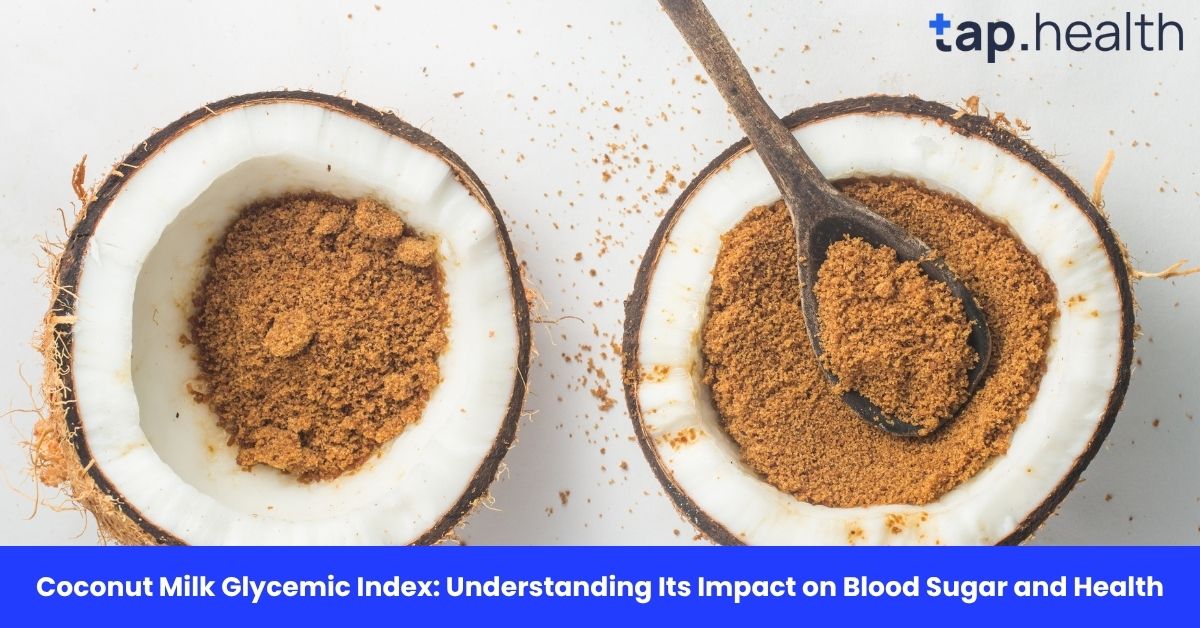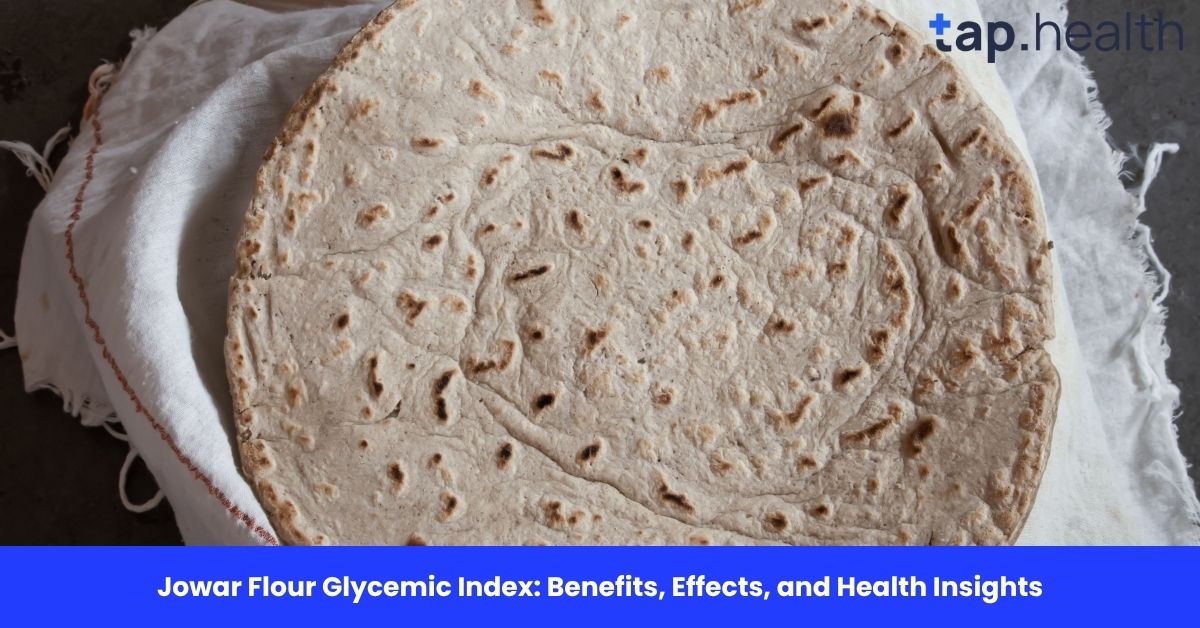Bajra roti, a popular Indian flatbread made from pearl millet (bajra), is a staple in many households, particularly in rural areas and regions with a focus on traditional grains. Known for its earthy flavour and nutritional value, bajra roti is not only a delicious meal but also considered a healthier alternative to refined wheat-based rotis. But what about its impact on blood sugar levels? Is it a good option for people managing diabetes or anyone seeking to maintain stable energy levels?
In this article, we will explore the glycemic index (GI) of bajra roti, its health benefits, its role in managing blood sugar, and how it compares to other common grains. By the end of this article, you’ll have a clear understanding of whether bajra roti can be a part of your healthy diet, particularly for blood sugar control.
What is the Glycemic Index (GI)?
The glycemic index (GI) is a measurement used to rank foods according to how quickly they raise blood sugar levels after consumption. Foods with a high GI cause a rapid increase in blood glucose, while those with a low GI are absorbed more slowly, leading to a more gradual rise.
Foods are classified into three categories:
- Low GI foods: GI of 55 or less. These foods are digested slowly and have a minimal impact on blood sugar.
- Medium GI foods: GI between 56-69. These foods cause a moderate rise in blood sugar.
- High GI foods: GI of 70 or more. These foods cause a rapid increase in blood sugar.
Understanding the GI of the foods you eat is especially important for individuals with diabetes, as managing blood sugar is key to preventing complications.
What is the Glycemic Index of Bajra Roti?
Bajra roti has a moderate glycemic index. On average, the glycemic index of bajra (pearl millet) ranges between 50 and 60. This places it in the medium GI category, meaning it causes a moderate rise in blood sugar when consumed.
This makes bajra roti a relatively better option for blood sugar management compared to foods with high GI, such as refined wheat roti or white bread. Bajra roti’s slower digestion rate means it provides a more sustained energy release, making it a good choice for individuals looking to maintain stable glucose levels.
Why Does Bajra Roti Have a Moderate Glycemic Index?
Several factors contribute to the moderate glycemic index of bajra roti:
- High Fibre Content: Bajra is rich in dietary fibre, which slows down the digestion process and the absorption of sugars into the bloodstream. Fibre also helps improve insulin sensitivity, which is vital for managing blood sugar.
- Complex Carbohydrates: The carbohydrates in bajra are complex, meaning they take longer to break down compared to the simple sugars found in refined grains. This contributes to the slower release of glucose into the bloodstream.
- Nutrient-Rich Profile: Bajra is packed with essential vitamins and minerals like iron, magnesium, and B vitamins, which support overall health and energy metabolism.
These properties make bajra roti a healthier option compared to refined grains that cause more rapid spikes in blood sugar.
Health Benefits of Bajra Roti
Beyond its impact on blood sugar, bajra roti offers a wide range of health benefits:
1. Rich in Fibre for Digestive Health
Bajra is an excellent source of soluble and insoluble fibre, which promotes healthy digestion. The fibre helps in preventing constipation, improving bowel regularity, and supporting the growth of beneficial gut bacteria. A high-fibre diet is also linked to a reduced risk of heart disease and certain types of cancer.
2. Supports Heart Health
Bajra is known for its heart-protective properties. The presence of magnesium and potassium in bajra roti helps regulate blood pressure, maintain proper heart function, and reduce the risk of hypertension. Additionally, the fibre in bajra can help lower bad cholesterol (LDL) levels, which supports overall heart health.
3. Helps in Weight Management
Due to its high fibre and complex carbohydrate content, bajra roti can help you feel fuller for longer, preventing overeating. It provides sustained energy and stabilizes blood sugar, which is beneficial for those trying to manage their weight.
4. Good for Bone Health
Bajra contains calcium, magnesium, and phosphorus, all of which are essential for strong bones. Regular consumption of bajra roti can contribute to maintaining bone density and preventing conditions like osteoporosis, especially in postmenopausal women.
5. Diabetes Management
The moderate glycemic index and the presence of magnesium and antioxidants in bajra make it an ideal food for diabetes management. The fibre content in bajra roti helps control blood sugar levels and reduces the risk of insulin resistance.
6. Improves Skin Health
Bajra is rich in zinc, which plays a key role in maintaining skin health. Zinc supports collagen formation and helps in the healing of skin wounds. Regular consumption of bajra roti can contribute to healthier and more youthful-looking skin.
Bajra Roti vs. Other Roti Varieties: Glycemic Index Comparison
To better understand how bajra roti stacks up against other common types of roti, let’s compare their glycemic index:
| Type of Roti | Glycemic Index (GI) |
|---|---|
| Bajra Roti | 50-60 |
| Whole Wheat Roti | 50-55 |
| White Roti | 70+ |
| Chapati (Whole Wheat) | 55-60 |
| Naan (Made with Refined Flour) | 70+ |
As shown, bajra roti has a similar GI to whole wheat roti and chapati, both of which are better options than white roti or naan (made from refined flour) when it comes to blood sugar control. While whole wheat roti is also considered a healthier choice, bajra roti has the added benefits of being gluten-free, which makes it suitable for those with gluten intolerance or celiac disease.
How to Incorporate Bajra Roti Into Your Diet
Bajra roti is incredibly versatile and can be used in a variety of dishes. Here are some simple ways to include it in your diet:
1. Pair It with Vegetables
Bajra roti pairs beautifully with vegetable curries, dals (lentils), or yogurt. You can use it to scoop up delicious and nutrient-dense vegetable dishes, making for a wholesome meal.
2. As a Breakfast Option
Start your day with a bajra roti along with a side of fresh vegetables or a boiled egg for a balanced breakfast. This will provide a good mix of complex carbohydrates, fibre, and protein to keep you energized.
3. Serve It with Lean Proteins
Bajra roti can be served with chicken curry, paneer (cottage cheese), or dal for a balanced meal rich in both protein and fibre. It is a great substitute for white bread or other high GI options.
4. As a Snack
Bajra roti can also be enjoyed as a healthy snack when paired with raita or green chutney. This makes for a tasty and filling snack, especially for those looking to avoid high-calorie, processed snacks.
5. In Salads and Wraps
For a creative twist, you can cut bajra roti into pieces and use it as a base for salads or wraps. Add fresh vegetables, lean meats, and a light dressing for a filling and nutritious meal.
Are Bajra Roti and Other Millet-Based Foods Diabetic-Friendly?
Yes, bajra roti, as well as other millet-based foods, are considered diabetic-friendly. Millets are naturally low in glycemic index and high in fibre, making them ideal for controlling blood sugar levels. They are also rich in essential vitamins and minerals, making them a nutritious choice for those managing diabetes. Millets like foxtail millet, little millet, and finger millet (ragi) are also great alternatives to refined grains for people with diabetes.
Side Effects and Precautions When Consuming Bajra Roti
While bajra roti offers numerous health benefits, it’s essential to keep the following points in mind:
1. Moderation is Important
Despite its health benefits, it’s important to consume bajra roti in moderation, especially if you are following a specific calorie or carbohydrate count. Eating too much can still lead to weight gain or affect blood sugar levels, particularly for individuals who are not active.
2. Gluten Sensitivity
Bajra is gluten-free, which is beneficial for individuals with gluten intolerance or celiac disease. However, ensure that your cooking environment does not cross-contaminate bajra with gluten-containing products.
3. Consult a Doctor
If you are diabetic or have other health conditions, it’s always best to consult a healthcare professional or nutritionist before making significant dietary changes. They can help you incorporate bajra roti into your meal plan in a way that supports your health goals.
Key Takeaways
- Bajra roti has a moderate glycemic index of 50-60, making it a better option than high-GI foods like white bread and refined flour-based rotis.
- It is packed with fibre, complex carbohydrates, and essential minerals that offer numerous health benefits, including improved digestion, heart health, and diabetes management.
- Bajra roti can be easily incorporated into your diet and paired with a variety of dishes for a balanced, nutritious meal.
- It is a gluten-free option, making it suitable for individuals with gluten sensitivity.
Frequently Asked Questions (FAQs) on Bajra Roti Glycemic Index
What is the glycemic index of bajra roti?
The glycemic index of bajra roti ranges from 50 to 60, placing it in the moderate GI category.
Is bajra roti good for diabetes?
Yes, bajra roti is a good choice for people with diabetes due to its moderate glycemic index and high fibre content.
Can I eat bajra roti every day?
Yes, you can eat bajra roti daily as part of a balanced diet, but it’s important to consume it in moderation, especially if you are managing your carbohydrate intake.
Is bajra roti gluten-free?
Yes, bajra roti is gluten-free, making it a suitable choice for individuals with gluten intolerance or celiac disease.
How many carbs are in bajra roti?
A typical bajra roti contains around 20-25 grams of carbohydrates per serving, depending on the size.
What are the health benefits of bajra roti?
Bajra roti offers numerous health benefits, including improved digestion, heart health, bone strength, and better management of blood sugar levels.
How does bajra roti compare to whole wheat roti?
Bajra roti has a similar glycemic index to whole wheat roti, but it is more nutrient-dense and suitable for those with gluten sensitivity.
Can bajra roti help with weight loss?
Yes, due to its high fibre content, bajra roti can help with weight management by keeping you fuller for longer and preventing overeating.



